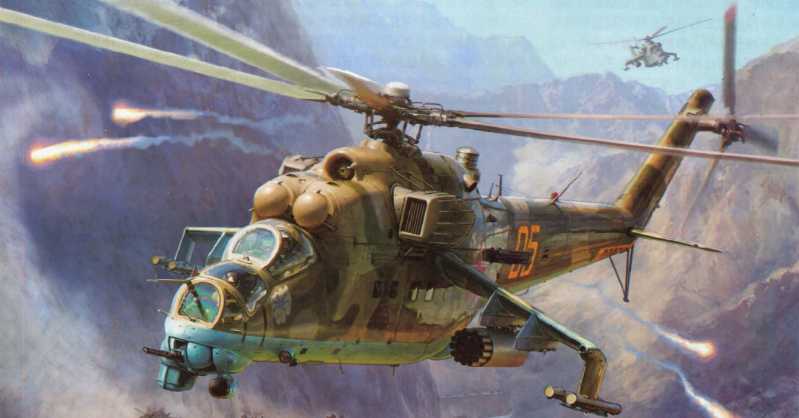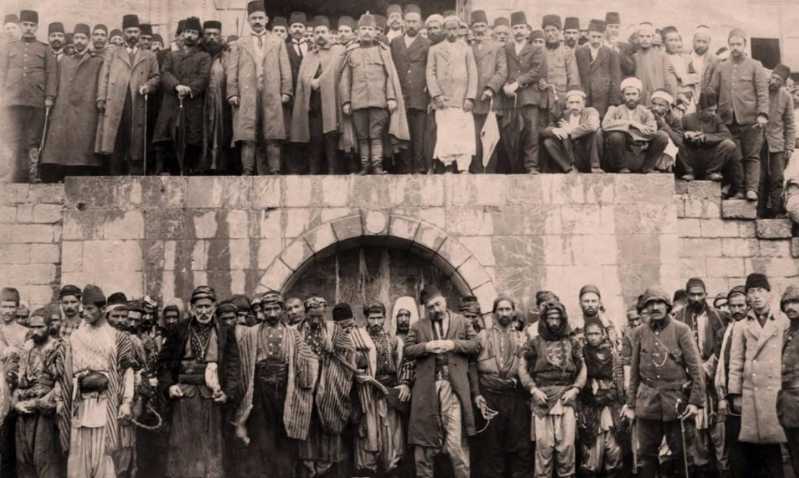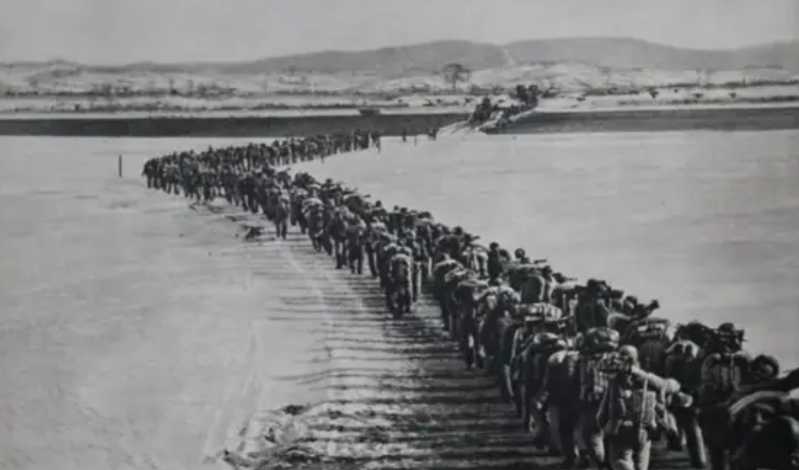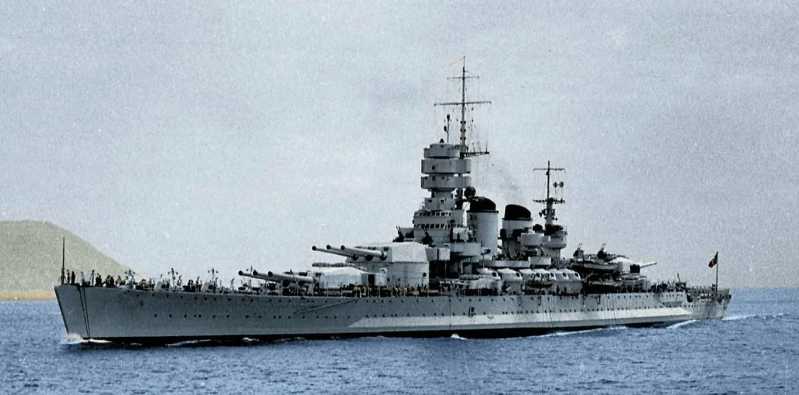The machine guns we discussed before, such as the "retired old man" Maxim, or the "active middle-aged" Minimi, represent the past and present of firearms. This time, let’s discuss the future of machine guns-8.6 mm and 6.8 mm machine guns. It is always easy to analyze the past and present, but it is difficult to predict the future. Lao Wang dare not guarantee that his judgment is correct, but the process of exploring the future is very meaningful, even if it is full of twists and turns, it is worth it.
Someone once asked me what the current machine gun world is like? I thought about it and answered: middle-aged and elderly club. This is not a joke. Among the famous machine guns now, MAG is born in the 50s, PKM is born in the 60s, and Minimi is born in the 80s, but now it is about to turn 40. As for the newly born machine guns, such as the German MG5, although it is born in the 10s, "people are old at heart" and are still very traditional in thinking.
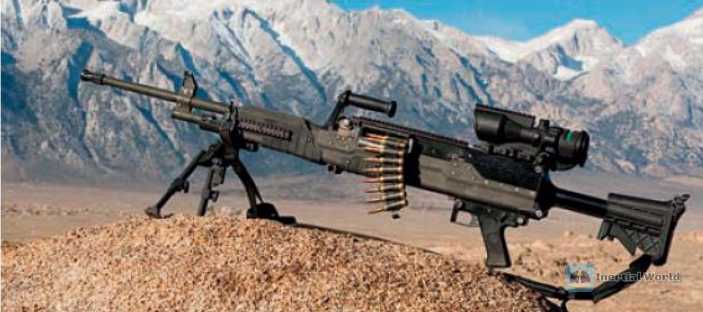
I have been looking forward to such a machine gun: it has a different design concept, unique technical advantages, and can "beat" the old comrades in the middle-aged and elderly club in most performances without "martial ethics" (this strange metaphor comes from a Ma Baoguo joke that has been very popular on the Internet recently). Fortunately, in recent years, Americans have finally developed several interesting new machine guns, which are regarded by many people as the hope of the machine gun club.
Seeing these new products, Lao Wang is happy, just like seeing a beautiful woman, he can’t help but look at it a few more times. In this article, Lao Wang will analyze the US 8.6 mm and talk about his understanding of the development of machine guns.
8.6 mm machine gun development status
So far, there are two plans for the US 8.6 mm machine gun. General Dynamics’ proposal was born earlier and has more information. It is called Light Weight Medium Machine Gun (LWMMG), abbreviated in English as LWMMG, and is commonly known as "Lao Wang Mo Mo Gou" by many netizens. The weight of LWMMG is about 10.8 kg.
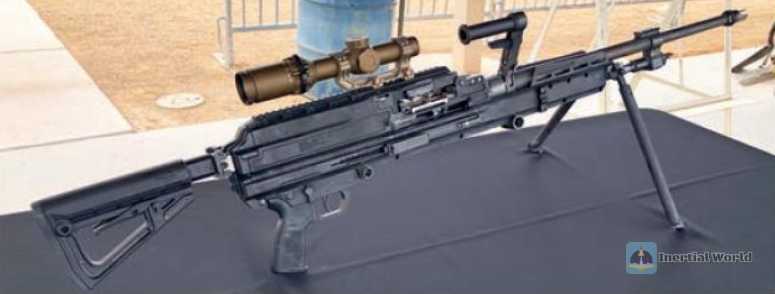
SIG’s proposal was born later, called SIG Light Machine Gun (SIG Light Machine Gun), abbreviated in English as SL MAG, which I jokingly call "Plastic Ma Aiguo". Yes, you read it right. The SL MAG is a general-purpose machine gun, but it is called a light machine gun. But then again, the "Ma Aiguo" is indeed very light. Including the bipod, its entire gun weighs only 9 kg.
Generally speaking, the larger the caliber and the more powerful the gun, the heavier the weight and body. As an 8.6mm machine gun, the "Ma Aiguo" is lighter than many machine guns that use 7.62x51mm NATO bullets. This weight reduction level is absolutely unbeatable. But then again, "Ma Aiguo" has two versions. The first version is all black and overall thin, and the second version is all desert color and looks more sturdy. It is unknown which of the two versions weighs 9 kg.
8.6 mm bullets
I remember one time, I discussed the 8.6 mm machine gun of the United States with my junior. He asked me what the characteristics of this gun were. I answered that it was 8.6 mm in caliber. He was silent for a while and said that this number was auspicious, which made me remember it immediately.
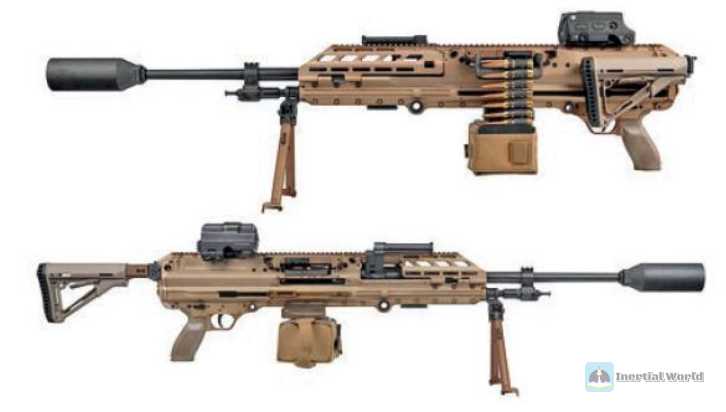
So far, the most common 8.6 mm bullet is actually the .338LM bullet, that is, the 0.338 inch (8.6 mm) caliber Lapua-Magnum bullet. This bullet has high accuracy, great power, and excellent external ballistic performance. It is a very good sniper rifle bullet. But the chamber pressure of this bullet is too high, and the ablation of the barrel is also very serious. Based on the .338LM, the Americans developed the .338NM bullet, which is the 0.338-inch caliber Norma-Magnum bullet.
So far, the .338NM bullet has not been fully finalized. From the pictures, it seems that the bottom edge of this bullet has been adjusted. The basically confirmed news is that the .338NM bullet weighs 300 grains (19.4 grams), the initial velocity is about 2600~2700 feet/second (793~823 meters/second), and the muzzle kinetic energy is between 6100~6570 joules. I didn’t find the full weight of the .338NM bullet, but I found that the .338LM produced by the Czech sellier&bellot company weighs 43.1 grams, and the full weight of the .338NM bullet should be similar.

In contrast, the 7.62x51 mm NATO M80 bullet has an initial velocity of 850 m/s, a bullet weight of 10 grams, a muzzle energy of 3613 joules, and a full bullet weight of 25.4 grams. We can roughly assume that the power weight of the 338NM bullet is about 1.7 times that of the 7.62x51 mm NATO M80 bullet.
Advanced ≠ Equipment
Once upon a time, an American company developed a particularly accurate sniper rifle. This rifle has a sci-fi appearance, a unique caliber, and a high price. It has attracted the attention of many military fans since its birth and has frequently appeared in movies and games. However, the "money prospects" of this rifle are bleak, and the sales are very dismal. So much so that some people joked that the number of people who buy this gun every year is about the same as the number of people who are killed by lightning. Later, everyone found that this joke seriously violated the facts-the number of people who were killed by lightning is much greater than the number of people who bought this gun. This story illustrates a truth very well, that advanced production can be equipped in large quantities. Nowadays, Americans are keen on 8.6mm machine guns, and many people have embarked on the old path of "lightning sniping", and have made great fuss about the advanced nature of 8.6mm machine guns. In fact, we should first understand a truth: Why do Americans want to develop 8.6mm machine guns?
Demand for 8.6mm machine guns
In my opinion, Americans have three needs for developing 8.6mm machine guns. The first demand is to be lighter than the M240 machine gun. The M240 machine gun equipped by Americans is a big fat man, and the empty gun weighs up to 12.5 kilograms. Not only Americans, but many countries equipped with MAGs are complaining that it is too heavy. Fortunately, the military is now more motorized, and the time soldiers spend running errands has been greatly reduced, so the overweight problem of MAG machine guns is not so serious.
What no one expected was that as soon as the 21st century began, the Americans plunged into Afghanistan. Afghanistan has many mountains and dangerous roads, and the roads are poor. It is difficult to drive in many places, and soldiers can only walk. The main light machine gun of the Americans is the M249, which is lighter, but uses 5.56x45 mm bullets: the range is not as good as the PKM machine gun using 7.62x54 mm R bullets, which is also one of the machine guns commonly used by guerrillas.

In order to fight against the PKM, Americans began to use the M240 more and more. Its huge weight made the American "human livestock" complain. Therefore, being lighter than the M240 machine gun became a rigid requirement for the new generation of 8.6 mm machine guns. If the M249 is a small machine gun and the M240 is a medium machine gun, then the 8.6 mm machine gun is a large machine gun. It is really a rare thing that a large machine gun is lighter than a medium one.
The second demand comes from the combat experience of Americans. The M240 machine gun is on par with the PKM, but it cannot form a clear advantage and cannot satisfy the appetite of Americans. Therefore, Americans hope to develop a machine gun that can suppress the PKM. The 8.6mm machine gun has better power and range than the PKM, and is more effective against bunkers. At the same time, it is not as heavy as the 12.7mm bullet, which can meet the needs of Americans.
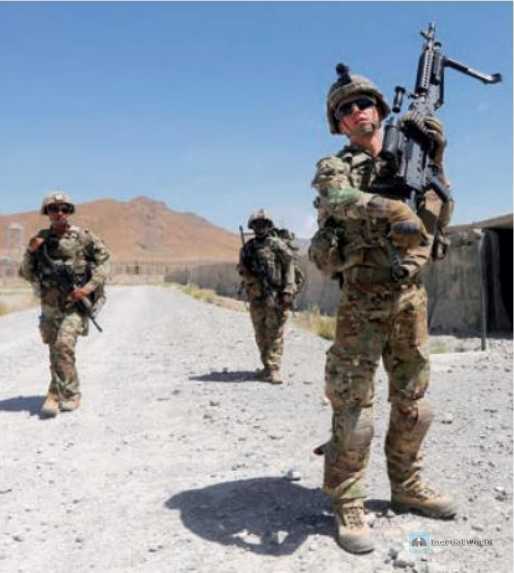
Many people are saying that the battlefield is now an era of "big bombing". Rocket launchers, missiles, mortars, grenade launchers, which firepower is not stronger than machine guns? As the former king of firepower, the modern little brother, the machine gun is weaker, anyway, there are many weapons with stronger firepower than it, so why bother about machine guns?
This statement completely ignores the organization of the army. Although the machine gun is a "weak chicken", it is a "walking chicken". It is light enough to follow the soldiers everywhere, and the equipment is large. Almost every group can get one, and the firepower can be available on call. Rocket launchers and mortars are more powerful than machine guns, but the number of equipment is pitifully small, and the mobility is much worse, so they cannot accompany infantry at all. If machine guns are "fire taxis" on the battlefield, then rocket launchers and mortars are "trains" - the carrying capacity of trains is much larger than that of taxis, but there is basically no competition between the two.
From this perspective, it is very reasonable for Americans to pursue a new machine gun that is lighter than the M240 and can suppress PKM.
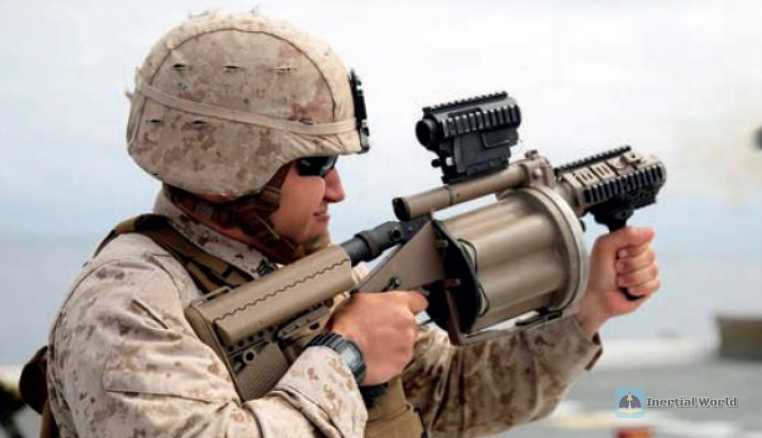
The last demand comes from the development of bulletproof vests. For a long time, bulletproof vests have been out-and-out "chicken ribs" - lightweight bulletproof vests have very "weak" protective capabilities, and bulletproof vests with strong bulletproof capabilities are often bloated and frighteningly heavy. Nowadays, the protection level of bulletproof vests has been completely transformed, which has put great pressure on firearms and bullets. For example, the US Sichuan-level bulletproof vest can defend against most of the US active bullets with a caliber of 7.62 mm and below, except for the M993 armor-piercing bullet, and has excellent protection capabilities. In addition, the protection capability of bulletproof vests is measured at a very close distance (usually within 10 meters). At medium and long distances, due to air resistance, the speed of the bullet will drop significantly, and the power will be significantly reduced, while the protection of bulletproof vests remains unchanged.
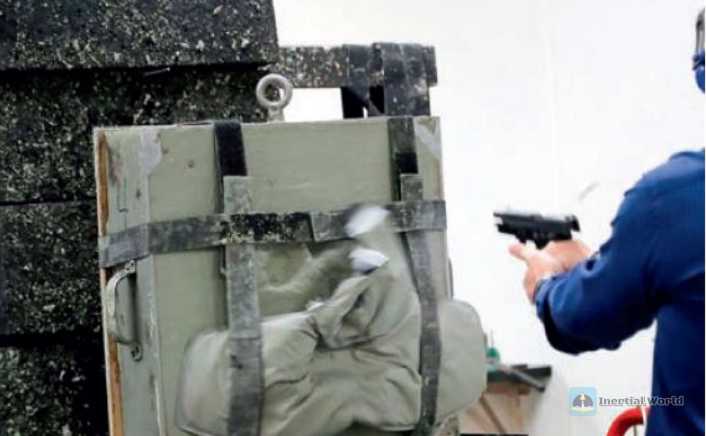
The shield is advancing significantly, and the spear must naturally be upgraded. The times are calling for a more powerful bullet, which is more powerful than the traditional 7.62x51mm NATO bullet, and the recoil and weight cannot be too large. In contrast, the Americans chose 8.6mm bullets, which is a relatively safe choice.

The magical floating principle
There is an unspoken rule in the machine gun club, that is, the greater the power, the greater the recoil, and the worse the accuracy. Generally speaking, the accuracy of small and medium caliber machine guns is generally good. At a distance of 100 meters, most bullets can basically be shot into a 15 cm x 15 cm square. It is very difficult for a 12.7 mm caliber machine gun to achieve this accuracy. From a design point of view, the structure and principle of large-caliber machine guns are not "incompatible" with accuracy. Its poor accuracy is entirely due to the excessive recoil and the strong impact on the tripod or platform. Therefore, recoil reduction technology has become a "compulsory course" for large-caliber machine guns. For example, the American M2 machine gun, XM312, and XM806 machine guns all use a barrel short-recoil automatic mode. And on many large-caliber machine guns, we can see a huge muzzle brake.
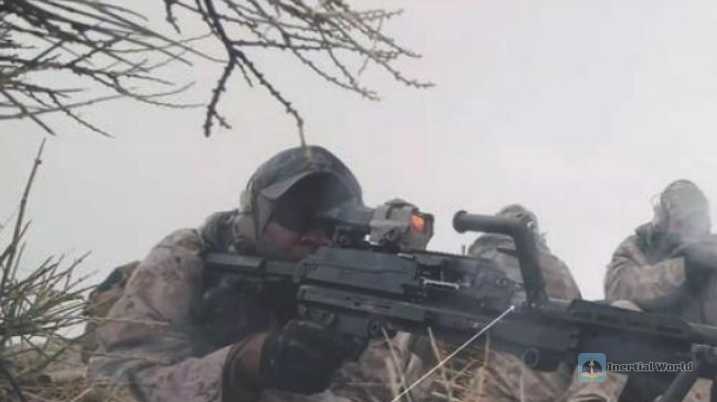
However, the barrel-recoil automatic mode and the recoil brake have their own costs. The barrel-recoil mode will make the firearm’s firing rate very slow, and the recoil reduction effect is also very limited. The recoil brake can indeed effectively reduce recoil, but it will sharply increase the muzzle flame and noise. In other words, these two methods are old methods that have been used for many years and there is nothing new. This time, the Americans used a new technology from small-caliber anti-aircraft guns on the 8.6mm machine gun-the floating principle.

In fact, the floating principle is not a new technology. It has been used in small-caliber anti-aircraft guns for decades, but it is still a new trend to apply it to firearms. In layman’s terms, floating principle = true front impact firing + barrel recoil plus.
Most traditional machine guns use open bolts, but they are not front impact firing-front impact firing requires the automatic machine of the gun to fire the bullet during the recoil, and the recoil energy of the automatic machine can offset the recoil energy to reduce recoil. Many guns are false front impact firing-the automatic machine will fire the bullet only after it has recoiled into place, rather than firing during the recoil. The recoil energy of the automatic machine does not offset the recoil energy at all, but is transferred to the gun body.
In order to achieve true front impact firing, floating firearms often have to design two layers of inner and outer receivers, and the inner receiver can float relative to the outer receiver. When the automatic machine returns to its position, it hits the inner receiver and fires the bullet, and the recoil energy is transferred to the inner receiver. Note that the inner receiver floats relative to the outer receiver (gun body), and the recoil energy is not transferred to the receiver. When the shooting is completed, the inner receiver, barrel, and automatic machine will recoil together to slow down the impact of recoil in place, achieving the effect of barrel recoil Plus.
The floating principle is a new principle. Its firing rate is not as low as that of barrel recoil, and it does not need to rely too much on the recoil brake. It is a very effective way to reduce recoil. In the new generation of 8.6 mm machine guns, both the General Dynamics solution and the SIG solution adopt the floating principle. In the shooting video, we can see the barrel of the gun moving back and forth, and in the incomplete decomposition video and patent drawings, we can see the figure of two layers of receivers.








